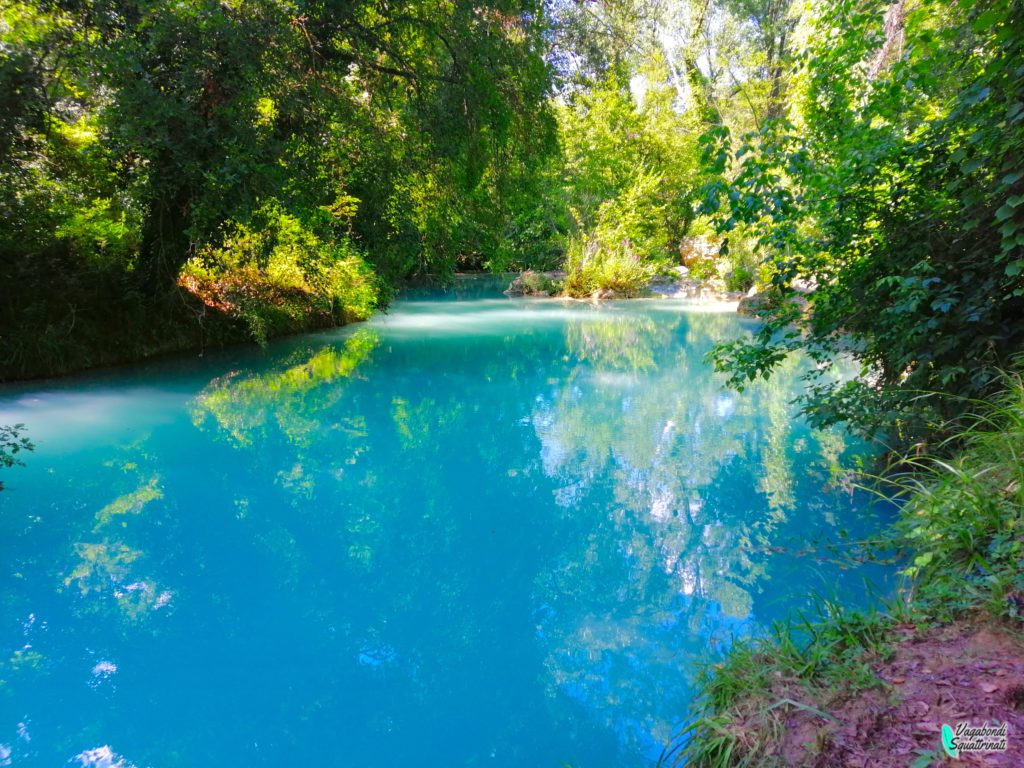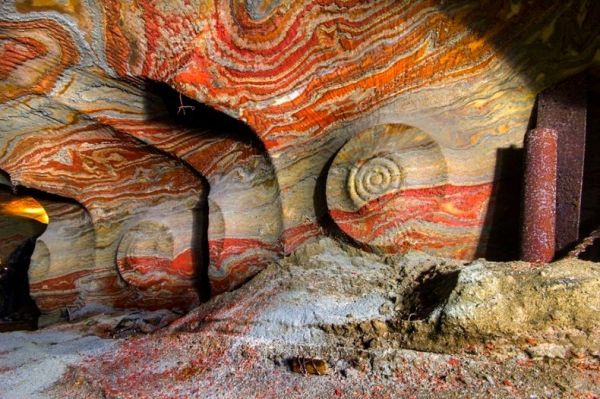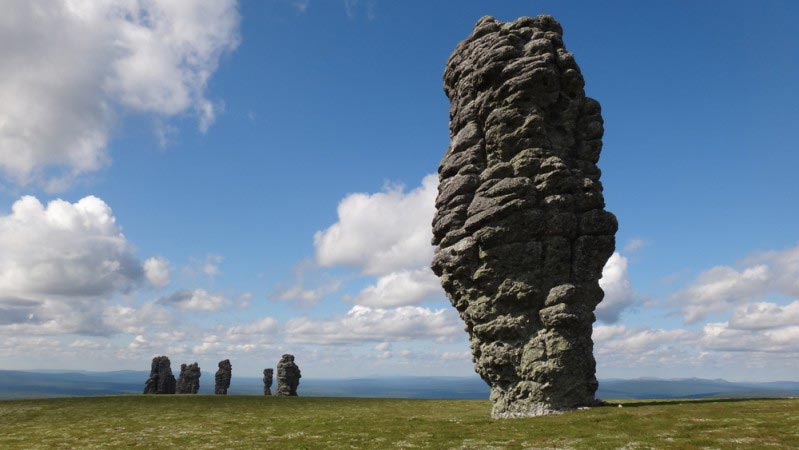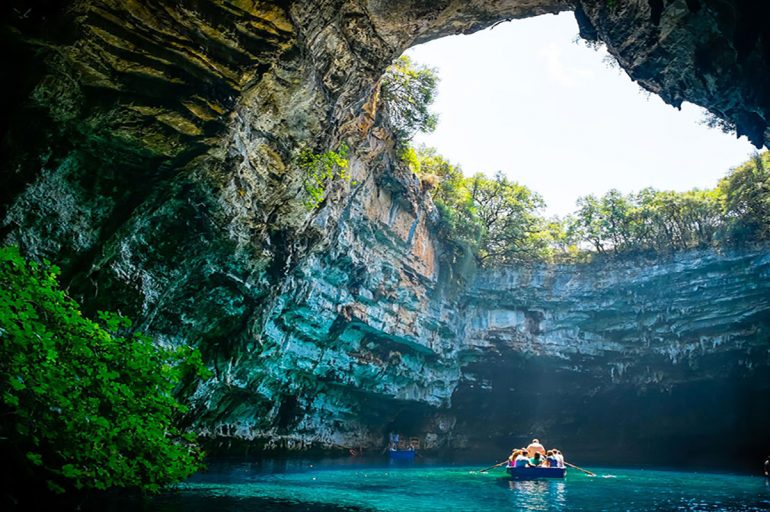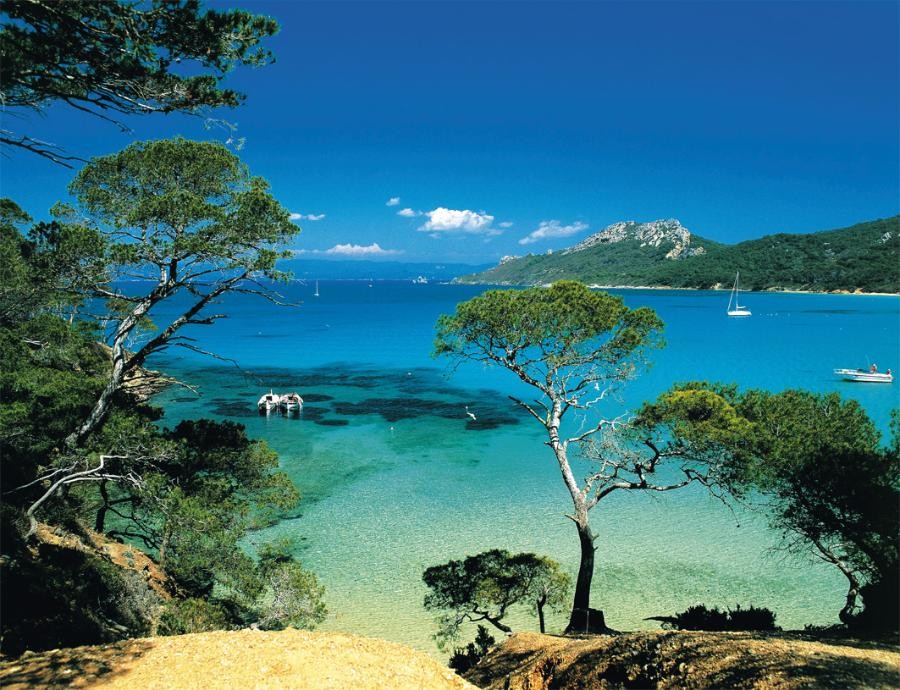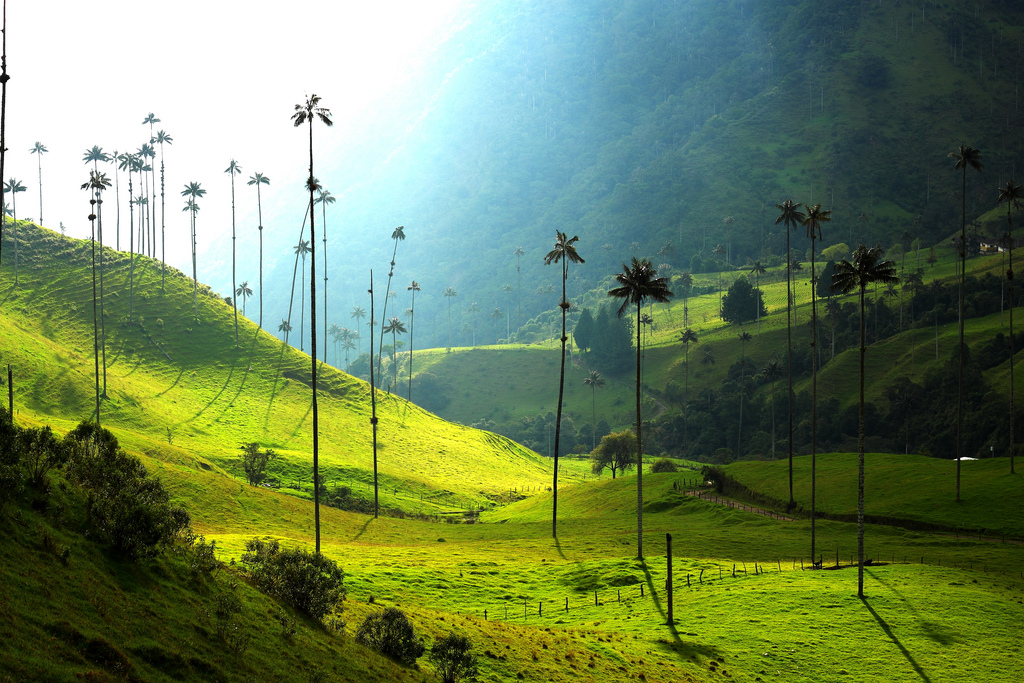The lake of Posta Fibreno, also called Posta or Fibreno, is situated at an altitude of 289 m. above sea level. Its surface is about 0.287 square kilometres and its perimeter is 5.163 metres. It has a length of about 1096 m., its width is 570 m. and its average width is 261 m., while the maximum depth is 15 m. and it is found inside a ditch in the locality of Carpello, locally known as "Codigliane" and the average depth is 2.5 m. The lake Fibreno has no tributaries and its only emissary is the homonymous river. Situated in the south-western slope of the Marsica Mountains, it originates from a system of foothills springs that derive from the karstic catchment basin of the high Sangro Valley in Abruzzo. The basin of the lake has a narrow and elongated shape leaning against the hills that surround the north-eastern shore. And it is exactly from the mountains of the Abruzzo Park that the Fibreno or Posta lake finds its origins. In fact, part of the water that precipitates in the form of snow or rain on those mountains are the same that after a long journey, mostly in underground aquifers, see the light again in the many sources that swarm along the shores of the lake feeding the same with about 6 cubic meters of water per second. An origin, the karstic one, that allows to maintain to the water a nearly constant temperature, approximately on the 10/11 centigrade degrees, during the whole year.
A feature, perhaps unique in Europe, and already mentioned by Pliny in his work "Naturalis historia" is represented by the presence of a floating island formed by rhizomes, peat and roots, able to move within its flooded with a slight breeze or with the increase of the flow rate of the springs that flow near the area. Perhaps because of the chemical composition of this island, the trees that are found on its surface do not develop like other similar ones that have roots on dry land, but grow little more than simple shrubs. The "Rota", as the floating island is locally called, which has a width of about thirty meters in diameter and a conical shape, with the tip pointing downward, almost certainly was originated by an exceptional underground current that raised the peat bottom from almost nine meters below the water level.
The characteristic elongated shape, together with the high rate of theoretical total exchange, the temperature almost constant over the year even at various depths, mean that it can be compared to a lotic environment rather than a lentic environment. It is thanks to these characteristics that they represent the ideal habitat for some important ichthyic species such as the Salmonidae, which live in waters rich in oxygen.
n 1977 in Codigliane, in the point where the greatest depth of the lake is recorded, a Cross has been placed to protect the lake basin and those who frequent it. The work, realized by the disappeared sculptor Pino Bonavenia, in steel and platinum, is brought back to the surface the first weekend of August of every year during an evocative event, called "Festa del crocifisso e del subacqueo".
Associations of divers from different regions of Italy meet in this suggestive point of the lake to deliver to the inhabitants of Posta Fibreno the Cross that, after a year, sees the light again.
On Saturday evening the Cross is carried in procession on the waters of the lake, along a path marked by torches, accompanied by a procession of boats and canoes. The following morning, at the end of the Mass officiated on the shores of the lake, the divers, each representing his own group, dive to bring the Christian symbol back to its original location.
For another year, the Cross will watch over the country from the bottom of the Fibreno, cradled by the waves and the silence of one of the most beautiful lakes in Italy.


